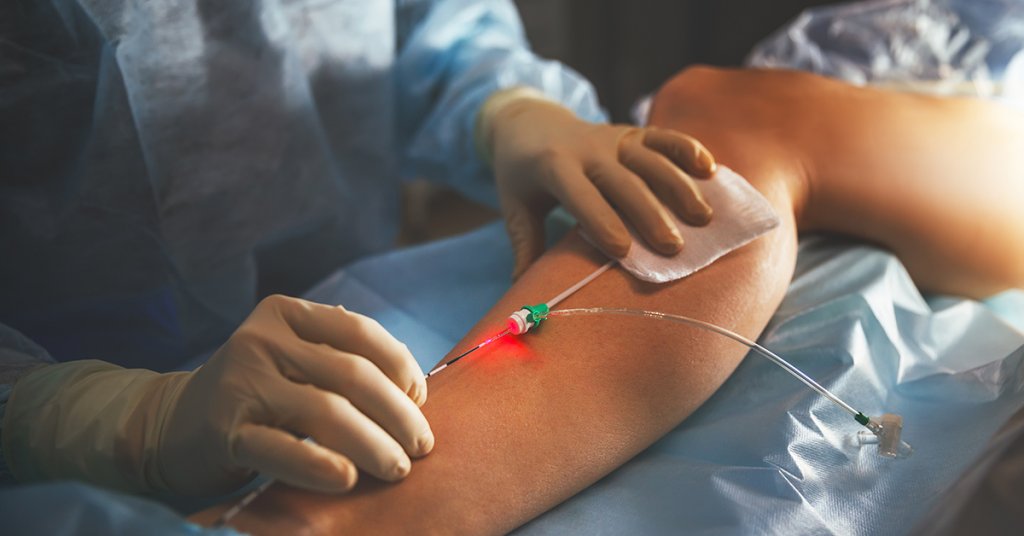Image Source: Google
Vascular surgery is a specialized field of medicine that focuses on the treatment of conditions affecting the blood vessels, such as arteries and veins. Over the years, advancements in technology and surgical techniques have revolutionized the way vascular conditions are diagnosed and treated. In this article, we will explore some of the modern surgery techniques and advancements that are shaping the field of vascular surgery today. If you are looking for vascular surgery then check South Florida Medical Group.
The Evolution of Vascular Surgery
Modern vascular surgery has come a long way since its inception, with significant advancements being made in the diagnosis and treatment of vascular conditions. Some key developments that have shaped the field include:
Endovascular Surgery
- Endovascular surgery is a minimally invasive procedure that involves accessing the blood vessels through small incisions in the skin.
- This technique uses catheters, balloons, and stents to treat a wide range of vascular conditions, such as atherosclerosis, aneurysms, and peripheral artery disease.
- Endovascular surgery offers patients a faster recovery time, reduced risk of complications, and improved outcomes compared to traditional open surgery.
Robot-Assisted Surgery
- Robot-assisted surgery utilizes robotic arms controlled by the surgeon to perform precise and delicate procedures with enhanced dexterity and visualization.
- This technology allows for more precise incisions, suturing, and dissection of blood vessels, leading to improved surgical outcomes and reduced recovery times for patients.
- Robot-assisted surgery is particularly beneficial for complex vascular procedures, such as bypass surgeries and endarterectomies.
Advancements in Imaging Technologies
Imaging plays a crucial role in the diagnosis and treatment of vascular conditions, allowing surgeons to visualize the blood vessels and identify abnormalities. Recent advancements in imaging technologies have significantly enhanced the precision and accuracy of vascular surgery:
Computed Tomography Angiography (CTA)
- CTA is a non-invasive imaging technique that uses X-rays to create detailed cross-sectional images of the blood vessels.
- This imaging modality helps surgeons identify blockages, aneurysms, and other vascular abnormalities with high resolution and accuracy.
- CTA is widely used in preoperative planning and follow-up evaluations for patients undergoing vascular procedures.
Magnetic Resonance Angiography (MRA)
- MRA is a non-invasive imaging technique that utilizes magnetic fields and radio waves to produce detailed images of the blood vessels.
- This imaging modality provides excellent soft tissue contrast and is particularly useful for evaluating blood flow and detecting vascular malformations.
- MRA is often used in the diagnosis of conditions such as peripheral artery disease, renal artery stenosis, and aortic aneurysms.
Future Directions in Vascular Surgery
Looking ahead, the field of vascular surgery continues to evolve with ongoing research, technological advancements, and innovative treatment approaches. Some of the future directions in vascular surgery include:
Nanotechnology in Vascular Interventions
- Nanotechnology holds great promise for enhancing the diagnosis and treatment of vascular diseases by enabling targeted drug delivery, imaging, and tissue engineering.
- Nanoparticles can be designed to deliver medications directly to diseased blood vessels, improving treatment efficacy and reducing side effects.
- Researchers are exploring the use of nanotechnology-based devices for the early detection and treatment of vascular conditions, paving the way for personalized medicine in vascular surgery.
Artificial Intelligence in Vascular Imaging
- Artificial intelligence (AI) algorithms are being developed to analyze medical imaging data and assist in the diagnosis and treatment planning of vascular conditions.
- AI-powered imaging tools can rapidly process and interpret complex imaging studies, helping surgeons make more accurate and efficient clinical decisions.
- By harnessing the power of AI, vascular surgeons can improve patient outcomes, streamline workflow, and enhance the overall quality of care in vascular surgery.
In conclusion, modern surgery techniques and advancements are transforming the landscape of vascular surgery, offering patients safer, more effective treatment options and enhancing the capabilities of vascular surgeons. With ongoing research and technological innovation, the future of vascular surgery looks promising, with continued progress in improving outcomes for patients with vascular conditions.
